
Volkswagen Golf GTI (2013-2017) review
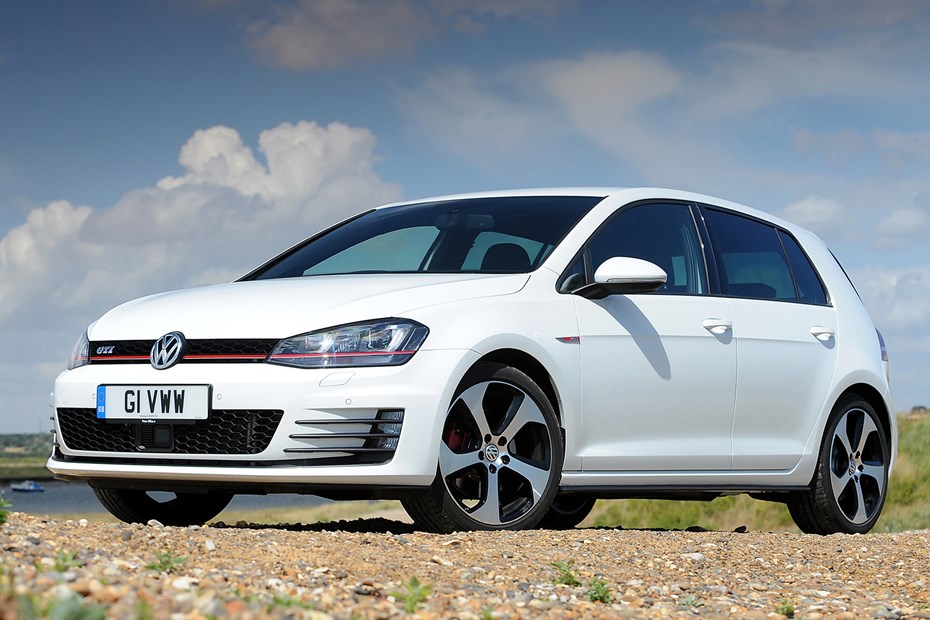
At a glance
| Price new | £26,585 - £33,695 |
|---|---|
| Used prices | £5,578 - £19,598 |
| Road tax cost | £195 - £315 |
| Insurance group | 29 - 38 |
Get an insurance quote with

|
|
| Fuel economy | Not tested to latest standards |
| Range | 440 - 517 miles |
| Number of doors | 3 - 5 |
| View full specs for a specific version | |
Available fuel types
Petrol
Pros & cons
- Iconic hot hatch
- Volkswagen build quality
- Everyday usability
- Performance
- Evolutionary looks
- Some rivals sharper
- Rather overshadowed by Golf R
- Expensive compared with rivals
Volkswagen Golf GTI (13-17) rivals
Overview
The Volkswagen Golf GTI is a hot hatch icon. The original set the template in the 1970s, the Mk2 was a legend of the 1980s and while a few generations subsequently missed the target, the 2005 Mk5 marked a triumphant return to form.
The Mk7 Golf GTI we’re looking at here is arguably the best yet – maybe the finest Golf GTI ever, as we move to an all-electric future. A simply brilliant car to drive even in its 2013 launch spec, several special versions over the years simply added to the enjoyment (and added to the engine power). It was offered in three-door and five-door guise: this is the last Golf GTI to be available as a three-door.
As the latest Mk8 Golf GTI leaves enthusiasts cold, many are turning to the Mk7 – and the perfectly-facelifted 2017-on Mk7.5 version – as the ultimate Golf GTI, the one to treasure as a masterful evolution of the original hot hatch. If you’re thinking of doing the same, here are 10 things to look out for.
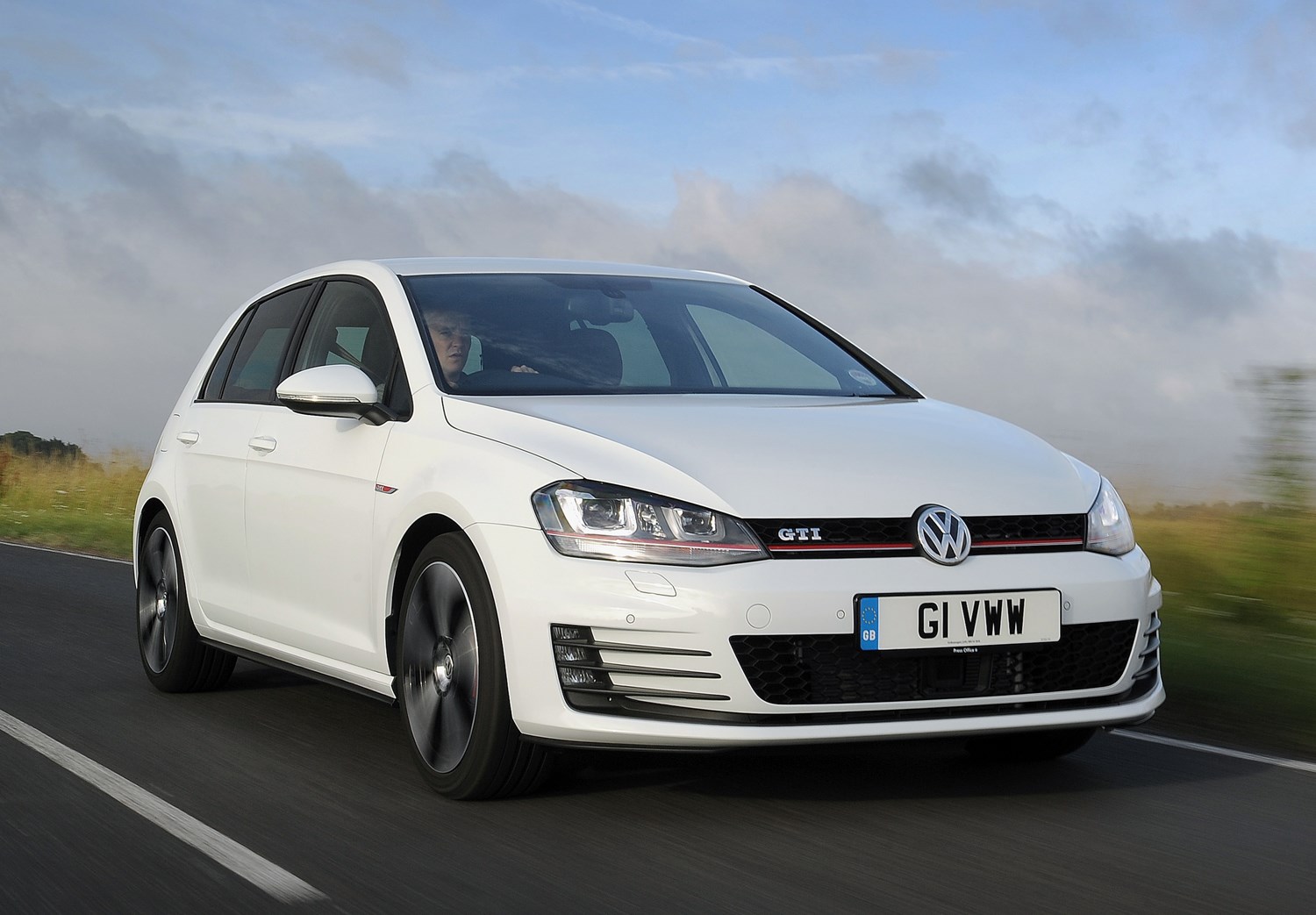
Volkswagen Golf GTI Mk7 known faults and common problems
1. HOW MUCH POWER?
At launch, the Mk7 Golf GTI came with 220hp. This was good for 0-62mph in a swift 6.5 seconds; choose from a six-speed manual or six-speed DSG dual-clutch automatic gearbox. A Performance pack (see below) pushed up power to 230hp. This became the standard output when the car was facelifted in 2017; the Performance pack got 245hp. Then there was the 265hp Clubsport (to mark 40 years of the Golf GTI), the 290hp TCR (it stands for ‘Touring Car Racing’ and the car gets hexagon graphics on the bodyside) and 310hp Clubsport S (this was an ultra-rare limited edition with no rear seats). Got that?
2. PERFORMANCE PACK
The Performance pack was available from launch, for less than £1k – making it a virtual must-have. It brought a 10hp power boost, visibly bigger brakes and, crucially, an electronic locking front differential (called VAQ), which could send up to 100% of torque to the outside wheel. A world first in a front-wheel drive car, it transforms the handling and delivers a super-special feel behind the wheel. How to spot Performance pack cars at a glance? They have ventilated rear disc brakes; the standard items are solid (both are vented at the front).
3. OIL LEVEL
The 2.0-litre EA888 turbo four-cylinder engine does like a drink of oil. Pop the dipstick and check the level is around half-way, which is a sign of good maintenance. If it’s down to the minimum, or below, that’s an indicator of more lax maintenance. Service intervals are 10,000 miles or one year and, again, it’s important the service history shows they’ve been stuck to.
4. DSG SERVICES
Cars with a DSG automatic gearbox have their own service regime. Pre-facelift cars had a six-speed DSG which needs an oil and filter change every 40,000 miles. The Mk7.5 came with a seven-speed DSG gearbox, which boasts service intervals extended to 80,000 miles. As many cars may not have hit this mileage, don’t panic if there’s no evidence it’s been done – but maybe budget for it if it’s getting close to 80k…
5. 2017 ‘Mk7.5’ FACELIFT
Many argue the Mk7.5 is peak Volkswagen Golf. The facelift brought new LED headlights (with distinctive LED daytime running lights), fresh bumpers and, inside, improved infotainment and digital dials. An optional 9.2-inch large-format infotainment screen is an enviable option to look out for. As mentioned, it had 230hp as standard, and 245hp in Performance guise.
6. FAILED HEATER MATRIX
Surprisingly, heater matrixes can fail. That’s a bit of an old-school problem for a modern car. Giveaways include leaks in the footwell and, of course, a heater (or climate control) system that doesn’t work as it should – primarily, by not getting hot enough. We’ve seen reports of replacements costing upwards of £1,500…
7. ALLOY WHEELS
There were lots of different alloy wheel styles during the Mk7 Golf GTI’s life, both 18-inch and 19-inch. Some designs of 19-inch are a bit fragile and can buckle if they’ve been whacked into a deep pothole: a replacement wheel alone is £800, never mind the tyre (so feel for any odd vibrations through the steering wheel). The diamond-cut 18-inch Austin wheels are susceptible to kerbing and can also suffer from surface corrosion: look out for ‘white corrosion’.
8. CAM CHAINS
The EA888 Golf GTI engine has a cam chain rather than a cambelt. This theoretically does not require replacement, but experts are these days advising the cautious of a precautionary change around 100,000 miles. This will cost around £1,000.
9. COOLANT LEAKS
The water pump and coolant housing can leak. It’s a common problem on Volkswagen Group cars of this era. Look for drops of water in the engine bay or below the car, and a coolant level that’s below where it should be. Replacements can again cost a four-figure sum, which is more than the uninitiated often budget for.
10. LEAKS AND RATTLES
It’s a Golf GTI, so it’s impeccably built… but the sports suspension and low-profile tyres can still have an effect over the years. Common rattle areas include the doors (they seem to move against the door seals, causing squeaks on the move) and, where fitted, the sunroof. The doors and sunroof can also leak, so it’s worth running a hand around the roof lining and the carpets, particularly deep into the footwells (don’t forget the rear footwells).
Practicality and safety
Practicality is traditionally something of a strong point for a Golf GTI, and it’s the same case with the Mk7. There’s ample space in the door bins and, with a typical attention to detail, Volkswagen even lined them to ensure that items don’t rattle around. In front of the gear lever there’s a covered cubby, which also houses the iPod/USB connector and keeps your device out of sight.
Underneath the front armrest is a sizable storage area, while the glovebox is a decent size as well. You’ll notice it is also fully lined.
Adults can travel comfortably in the back too, and the five-door option – remember the Astra VXR and RenaultSport Megane are three-door only – means getting in and out is made easy too.
And while boot size has never been the VW Golf’s strongpoint the GTI’s 380-litres of space is better than the 316-litres found in the Ford Focus ST. Dropping the split-fold rear bench increases this to 1,270-litres.
Watch: Euro NCAP crash test video
The VW Golf Mk7 was awarded the maximum of five-stars for its test by Euro NCAP. That’s partly down to the seven airbags fitted as standard to this car, but also for the array of other safety devices. For example, it has Automatic Post-Collision Braking which applies the stoppers to a car immediately after an accident, lessening the chance of making contact with other vehicles in the aftermath.
There’s also a Pre-Crash system which tensions seatbelts and closes the gap on opened windows and sunroofs to improve the effectiveness of the airbags if a crash is imminent.
It’s easier to avoid a bump thanks to the Front Assist and City Emergency Braking which warn the driver if the car in front is getting too close and braking the car to a halt if it stops in front of them (if travelling at less than 18mph).
A road sign recognition program detects speed limits and displays them on the dashboard, while Light Assist controls the high and low beam output automatically in the face of oncoming traffic. Dynamic Light Assist does the same, but keeps high beam on above 37mph. Using a camera, the system scans the road for oncoming traffic and simply cuts passing cars out of the beam pattern. It’s clever stuff.
A Driver Alert system monitors the driver’s concentration levels and recommends stopping for a break if needs be, while Lane Assist keeps you on track when travelling on the motorway. Finally, there’s Automatic Distance Control. This is a radar-based cruise control system that will maintain a set distance from the vehicle in front.
.jpg)
Interior
From the clear and easy to read instruments to the high-quality colour displays and the neatly laid out switchgear, everything is incredibly intuitive and simple to use. As you’d expect for a VW, the switchgear that decorates it feels high quality, with solid responses to every finger press and twisting rotation.
Likewise the quality of materials used elsewhere in the cabin are exemplary. Soft touch plastics dominate, with less glitzy finishes found only where the hand isn’t likely to stray – otherwise every other contact point feels reassuringly more expensive than the car’s price would suggest. Compared to some of its more pared-down rivals the Golf GTI Mk7 feels premium from the cabin.
And the standard sports seats, either finished in cloth, half leather or full leather, prove comfortable and supportive. It takes a matter of moments to adjust the chairs and the steering wheel to a comfortable position, and you actually feel like you’re sitting quite low in the car. The cloth items pull off the neat trick of still looking expensive and high quality too, so there’s actually not many reasons to specify an upgrade to the leather.
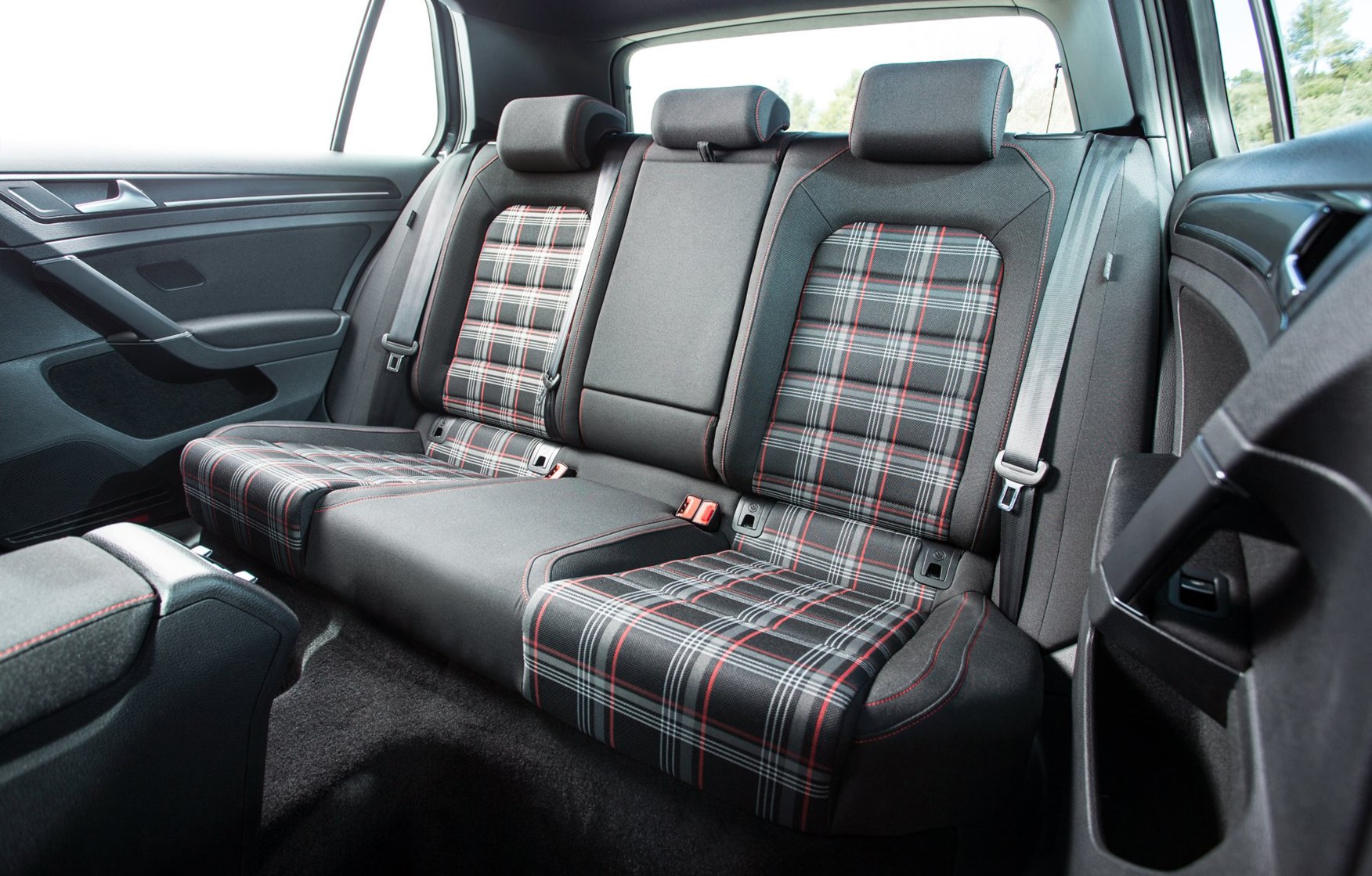
Comfort
Comfort should be rated very highly indeed and, as an all-round hot hatch, the Golf excels at its duties. You’ll notice from the moment you slip into the sports seat and grip the leather steering wheel that the Golf is supremely comfortable.
There’s loads of adjustment to be found in the seats and steering wheel, so finding your perfect driving position should be easy. And the seats do that neat trick of feeling properly figure-hugging, but with enough support and comfort to take the pain out of longer journeys.
Of primary note should be the ride quality which, even on 18-inch alloy wheels and sports suspension, is better than some normal family hatchbacks. No matter what you throw at the dampers, they soak up imperfections, no matter how sharp, short, extreme or gradual with instant response and assured reactions.
On the motorway it feels right at home, the engine barely audible at a steady throttle, as the suspension smothers any unsightly expansion gaps in the road surface. There’s very little in the way of wind noise noticeable either (unless the seals in your potential purchase are shot), and despite the large wheels and tyres fitted road noise is kept to a minimum also.
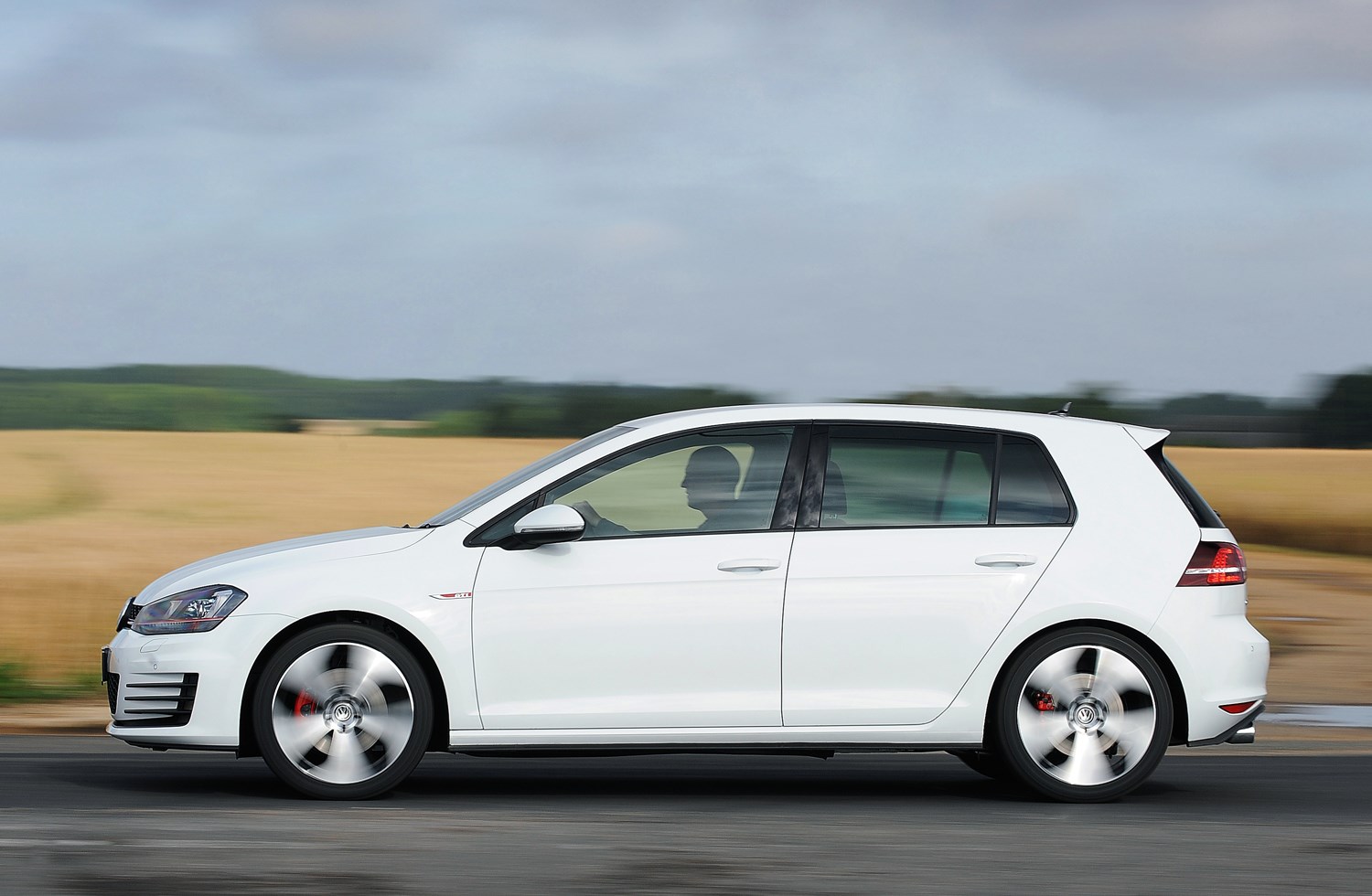
Running costs and MPG
The Volkswagen Golf GTI Mk7 delivers some impressive headline figures. The combined economy of 47.1mpg and CO2 emissions of 139g/km when fitted with the six-speed manual gearbox were right on the pace for a 200+hp hot hatch.
Add the firm’s excellent DSG automatic, which also allows manual cog-swapping through the steering-wheel mounted paddles, and these figures change to 44.1mpg and 148 or 149g/km (depending on Performance Pack fitment). Just remember to check that the DSG has been serviced as on schedule (every 40,000 miles).
The 2.0-litre turbocharged engine is a development of the one that came before it, and has so far proved reliable and trouble-free, aside from an appetite for oil between services, so make sure the level is where it should be. It also has a camchain, and unlike the Mk6 GTI which suffered from tensioner issues, the Mk7 is good on that score.
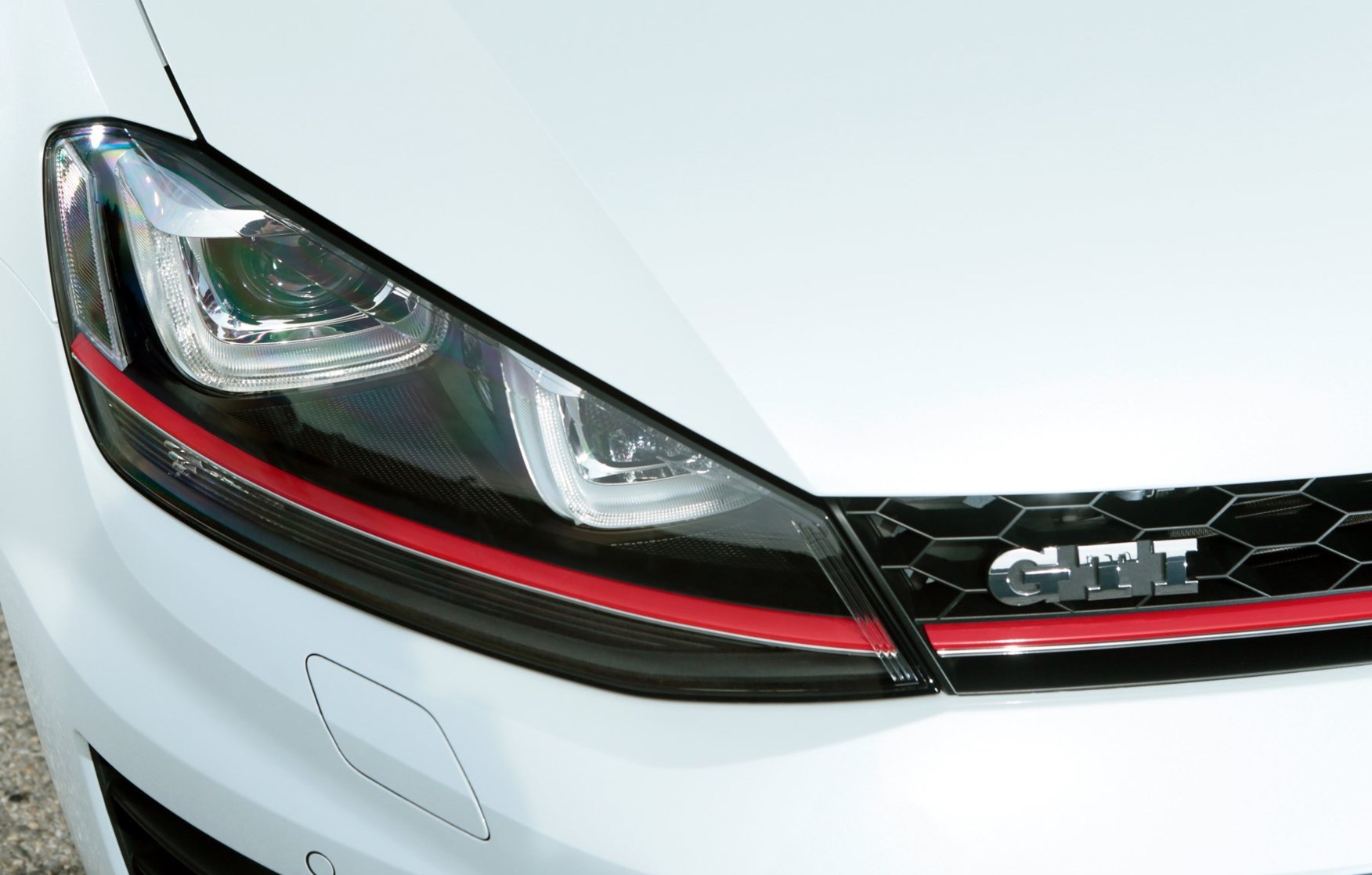
What’s it like to drive?
The 2.0-litre four-cylinder turbocharged petrol engine in the Mk7 launched with 220hp – that’s 10bhp more than the Mk6. Along with 350Nm (70Nm more than previous) of pulling power, it gave the GTI Mk7 ample performance, allowing it to sprint from 0-62mph in 6.5 seconds in standard form.
But it’s not just about the raw numbers with this Golf GTI – it’s the way it goes about dispensing that performance that really impresses. With a smooth and linear power delivery, no matter where you are in the engine’s rev-range, there is instant power available. And despite being turbocharged, it doesn’t run out of breath as it nears its 7,000rpm redline.
It’s available with both a six-speed manual and six-speed DSG dual clutch automatic gearbox and while the former is more involving, the latter does make for a relentless display of constant performance.
The Performance Pack option was a popular option. Not only did it improve the brakes and add a new electronically-controlled differential lock (more on which later) but it boosted power by 10hp. With a new total of 230hp at the car’s disposal, the 0-62mph time fell by a tenth to 6.4 seconds.
Handling
With more power than before, the suspension was as unflustered as ever, and full-power traction remains impressive. The steering is sharp, and when the GTI is fitted with the optional Dynamic Chassis Control system, as well as Driving Mode Selection, you get to choose between Comfort, Normal and Sport modes.

This alters the reactions of the suspension to the road surface beneath it, and added to that the Eco, Sport, Normal and Individual modes of the Driving Mode Selection system and drivers can tailor the car’s responses to their own desires. Controlling the steering, throttle, and in DSG-equipped cars the gearbox responses as well, there’s a mode to suit everyone’s needs and conditions ahead of them.
There’s no lack of talent in the car’s default ‘Normal’ setting anyway, with sharp turn-in and very little bodyroll. The steering’s well-weighted too, and offers an appreciable level of feedback – even if it’s not quite as communicative as it is in a BMW M135i.
There’s plenty of grip from all wheels, and even aggressive inputs struggle to upset the car’s natural and neutral balance. And if there is any cause for concern, the GTI’s ESP system cuts in and brings everything back under control. Sport mode allows a greater degree of slip before intervening, and in general the safety system is so subtle you’ll struggle to detect it cutting in at any point.
Adding the Performance Pack also increases the car’s cornering performance. While the standard car uses an uprated XDS+ electronic differential, the Performance Pack car adds an Electronic Front Differential Lock, a world first in a production front-wheel drive car, which can send up to 100% of the torque to the outside front wheel in extreme situations.
The effect is a GTI Mk7 that tightens its cornering line under power, and for those that care allows the car to complete a lap of the legendary Nurburgring Norschleife circuit eight seconds quicker than cars not so equipped.
Limited edition Golf GTI TCR in 2019
The GTI TCR came with the same front locking differential as fitted on the GTI Performance and uprated brakes to reign in the extra power. Opt for one of the two Performance packages and this upgrades the wheels to larger 19-inch items, fits adaptive suspension and beefs up the rear shock absorbers. The pricier Performance Pack comprised of the same components, but added semi-slick Michelin Cup 2 tyres to increase grip for track use.
Even without the semi slick tyres of the pricier Performance Pack, there’s plenty of grip available from the Pirelli P Zero tyres on the optional 19-inch wheels. This hasn’t transformed the Golf TCR into a performance hatch that thrills on the same level as the Honda Civic Type R, but the absence of squirming from the front wheels under power made this far less uncouth than the SEAT Leon Cupra 300. You’ll get to use the car’s power more effectively and efficiently all the time.
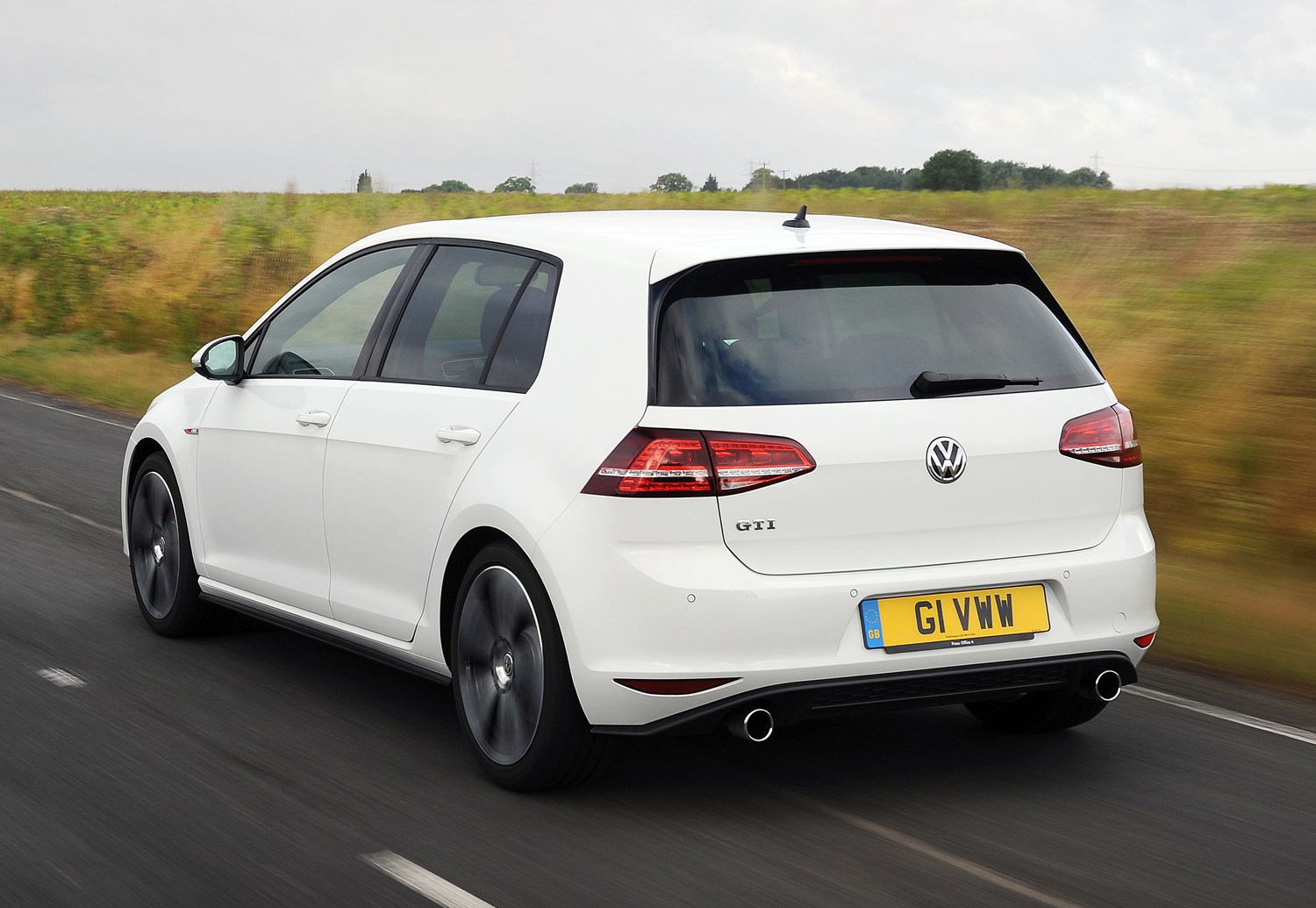




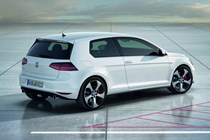

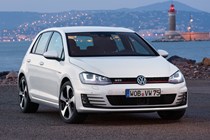
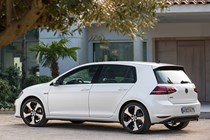


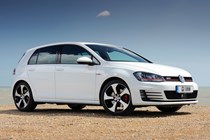
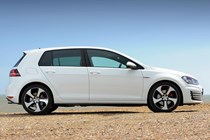
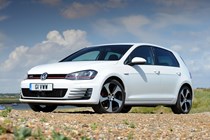
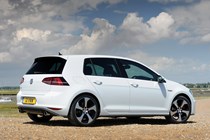
.jpg)
.jpg)
.jpg)
.jpg)
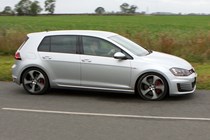



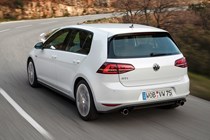
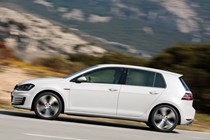

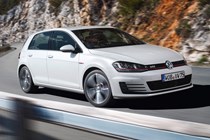
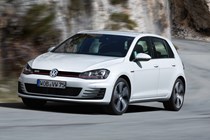
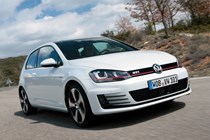
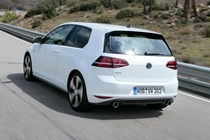
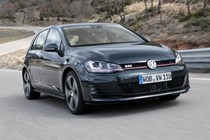
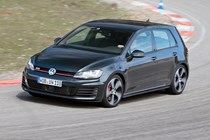
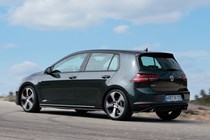


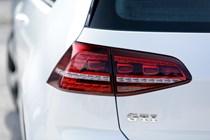
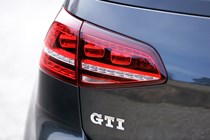
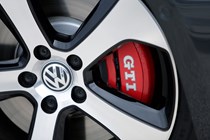



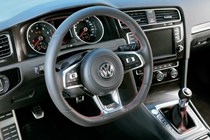


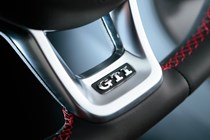



.jpg)

.jpg)
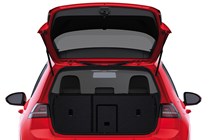
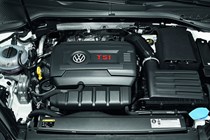
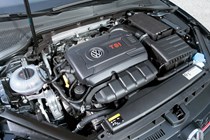


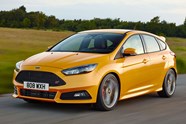













.jpg?quality=50)
.jpg?quality=50)
.jpg?quality=50)
.jpg?quality=50)





























.jpg?quality=50)

.jpg?quality=50)



